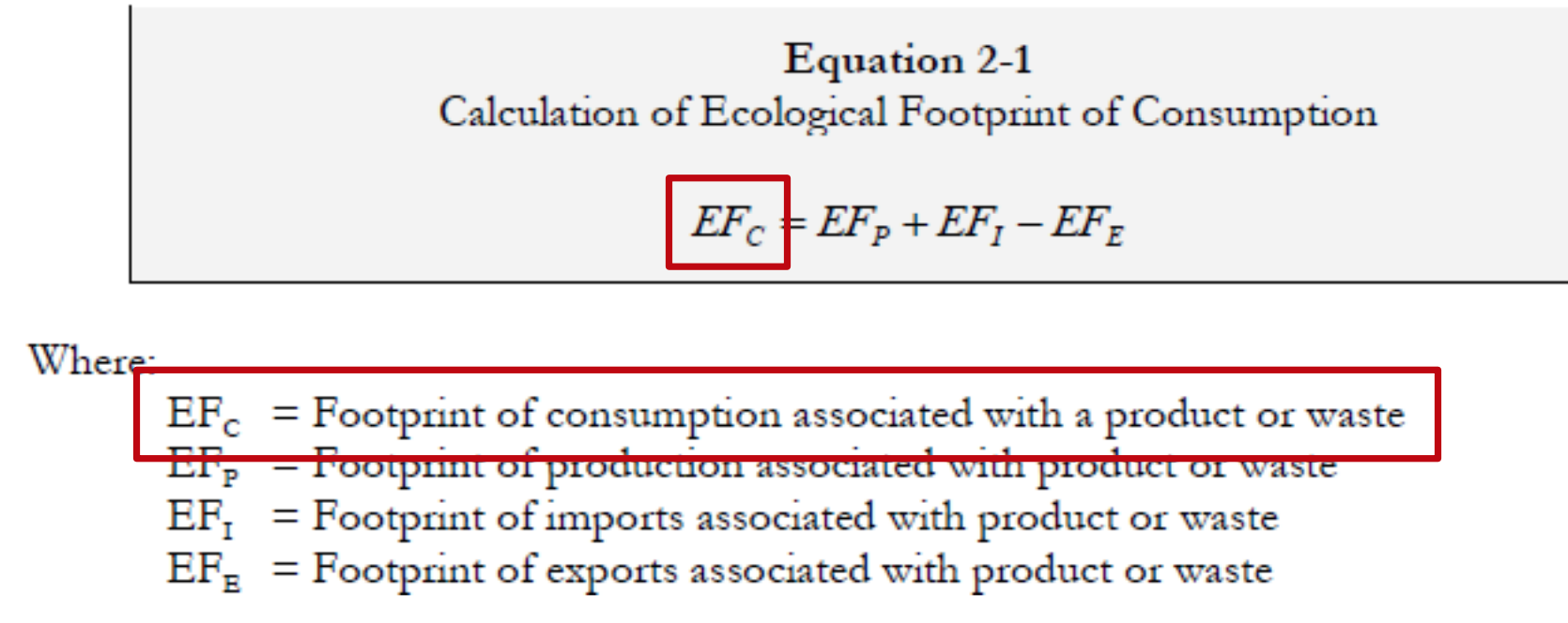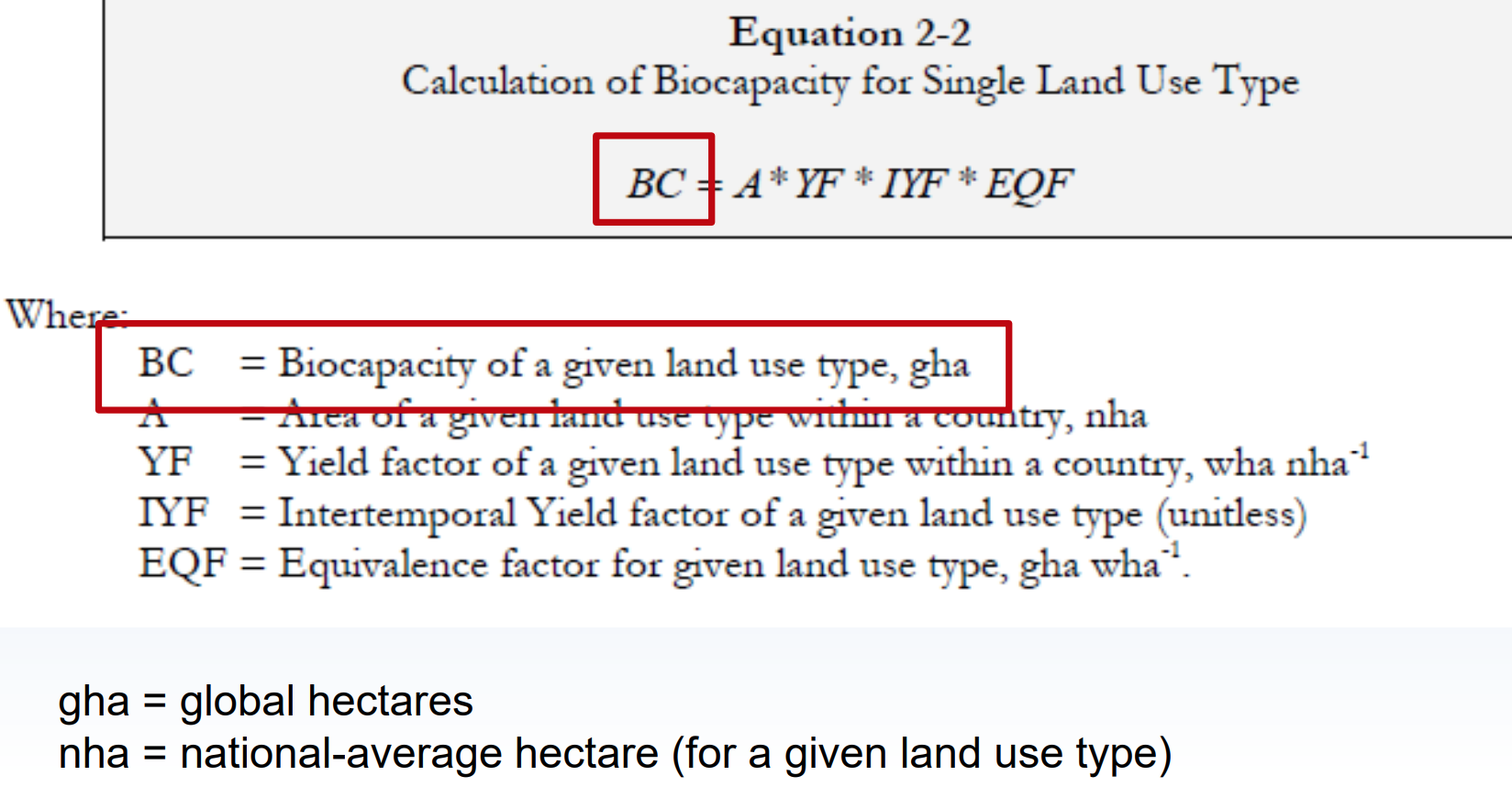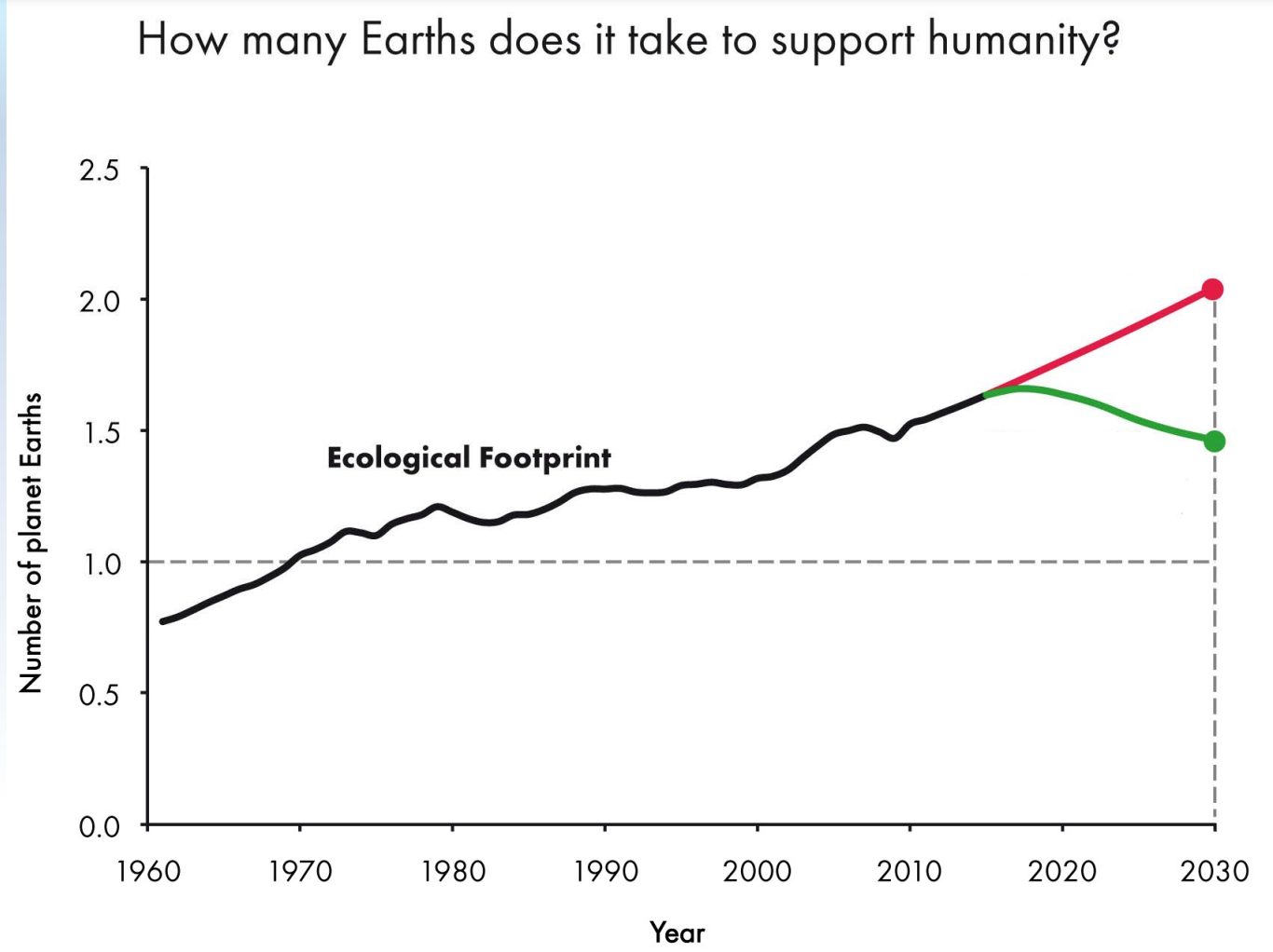Human Carrying Capacity
0.0(0)
0.0(0)
Card Sorting
1/35
Earn XP
Description and Tags
Study Analytics
Name | Mastery | Learn | Test | Matching | Spaced |
|---|
No study sessions yet.
36 Terms
1
New cards
What is Carrying Capacity?
* the largest, indefinitely sustainable, population size for a species
2
New cards
Carrying capacity depends on…
environment
* not necessarily a fixed number
* will depend on a number of assumptions
* not necessarily a fixed number
* will depend on a number of assumptions
3
New cards
What assumptions shall we make for humans
4
New cards
Technological innovations (green revolution) that modify the caring capacity for humans
* to make it so that we could get more edible components out of what we put in the ground
* wheat we grow, very short because it puts less of its photosynthate into building a STEM. It can put more into putting that into the seeds that produces.
* By shifting the prooproiton of the photosynthate that are going to different parts of the body of the plant, we could get more outcome from that
* wheat we grow, very short because it puts less of its photosynthate into building a STEM. It can put more into putting that into the seeds that produces.
* By shifting the prooproiton of the photosynthate that are going to different parts of the body of the plant, we could get more outcome from that
5
New cards
What if all the annual NPP could be used by humans for their metabolic needs
* maximum amount of energy just for ourselves
* nothing left for other heterotrophs, just humans on the planet
* Know total global annual NPP
* handy fact: 1 Gt = 1 Pg (Petagram) = 10^15 g
* annual global NPP = 104.9 x 10 ^15 g C (fixed by photosynthesizes every year)
* translate that to feeding a bung of human beings
* nothing left for other heterotrophs, just humans on the planet
* Know total global annual NPP
* handy fact: 1 Gt = 1 Pg (Petagram) = 10^15 g
* annual global NPP = 104.9 x 10 ^15 g C (fixed by photosynthesizes every year)
* translate that to feeding a bung of human beings
6
New cards
How can you measure total annual NPP of the globe?
* satellites → the light that’s being reflected black back into space can be used to estimate the primary production (spectral information)
7
New cards
total global annual NPP
* 104.9 Gt C/yr
* oceanic: 48.5 Gt C/yr (46.2% of total)
* terrestrial: 56.4 Gt C/yr (53.8%
* oceanic: 48.5 Gt C/yr (46.2% of total)
* terrestrial: 56.4 Gt C/yr (53.8%
8
New cards
translating 104.9 x 10 ^15 g C to feeding a bunch of humans
* everyone is a vegan → no other planets, meat, eggs, dairy will be eaten
* producing and eating meat is less efficient
* remember the 10% rule: we’d have to divide NPP by (at least) 10 if we assume most of our calories would come from animals
* 10.49 Gt C/yr and an order of magnitude fewer humans
* Average human needs 182.5 kg C/yr
* support 575 billion human beings
* producing and eating meat is less efficient
* remember the 10% rule: we’d have to divide NPP by (at least) 10 if we assume most of our calories would come from animals
* 10.49 Gt C/yr and an order of magnitude fewer humans
* Average human needs 182.5 kg C/yr
* support 575 billion human beings
9
New cards
10
New cards
why is it not realistic for humans to be only heterotrophs on planet
11
New cards
why is it not realistic for humans to be only heterotrophs on planet (based off of slides\*)
1. Not possible to have all the NPP in human consumable form
1. cellulose
2. leaves that are mostly inedible
3. \
12
New cards
13
New cards
A more comprehensive approach to sustainability
* we use a certain amount of the Earth’s resources (consumption) to live a certain way
* USA is the least efficient societies
* European has same standard of living but twice as much more efficient
* Use more resources than those who live in an agrarian society
* For that use to be sustainable, the resources must be replaceable on human time scales by the Earth’s natural systems
* i.e. fossil fuels
* USA is the least efficient societies
* European has same standard of living but twice as much more efficient
* Use more resources than those who live in an agrarian society
* For that use to be sustainable, the resources must be replaceable on human time scales by the Earth’s natural systems
* i.e. fossil fuels
14
New cards
biocapacity
Earth’s capacity to replace what we use
15
New cards
best case scenario would be to have our consumption to be
significantly less than the bio capacity
* b/c environment changes
* if you are living right t the limit of what earth can supply if something goes wrong you’re in big trouble.
* b/c environment changes
* if you are living right t the limit of what earth can supply if something goes wrong you’re in big trouble.
16
New cards
17
New cards
18
New cards
Ecological footprint
a measure of human demand on the Earth’s ecosystems
* standardized measure of demand for natural capital
* idea here is to compare it to what is currently the dominant economic system on the planet (capitalism)
* standardized measure of demand for natural capital
* idea here is to compare it to what is currently the dominant economic system on the planet (capitalism)
19
New cards
Natural capital
Area of biologically productive land and sea needed for consumption and to assimilate associated waste for a given lifestyle
20
New cards
Ecological footprint is expressed as
* the number of Earths required to support the current population (earth equivalence)
* number of GLOBAL HECTARES (gah) needed to support an individual
* number of GLOBAL HECTARES (gah) needed to support an individual
21
New cards
When is capacity overshot
if #earths>1
22
New cards
Consumption
* use of goods or services
* two meanings, depending on context
1. all the resources in a good or service ( including energy) necessary to provide it to the consumer
2. Fully life cycle accounting
* two meanings, depending on context
1. all the resources in a good or service ( including energy) necessary to provide it to the consumer
2. Fully life cycle accounting
23
New cards
What is wrong with the first definition of sustainability
1. wrong with this definition if you want to talk about sustainability: doesn’t talk about full life cycle consumption
1. you get it to the consumer, but consumer does something with it eventually → throws it away, breaks, etc
24
New cards
Full life-cycle accounting
everything used along the production chain from production to disposal/recycling is accounted for, including any losses along the way
25
New cards
(Full life-cycle accounting) if you didn’t account for costs/losses in terms of bio capacity
it would be kind of like the United States was before the laws were passed for water quality, no sewage systems, Biosystems couldn’t deal with it
26
New cards
Consumption footprint
the area required to support a defined population’s consumption (aha)
* includes the area needed to produce the materials consumed and the area needed to absorb carbon dioxide emissions and other byproducts
* includes the area needed to produce the materials consumed and the area needed to absorb carbon dioxide emissions and other byproducts
27
New cards
National Footprint
Primary production (not ecological sense , with plants) footprint + footprint of imports minus the footprint of exports
28
New cards
How to get per capita footprint
* divide by population size to get per capita footprint of a nation
29
New cards
Why is per capita footprint more important than national footprint
A larger nation may have a larger national footprint, but if they were much more efficient that would be reflected looking at a per capita basis
30
New cards
Estimating Ecological footprint formula
* not simple to get good estimates of these numbers

31
New cards
Biocapacity
* capacity of ecosystems to %%produce useful biological materials%% and to ==absorb waste materials generated by humans==
32
New cards
How do we estimate bio capacity
* current management schemes and extraction technologies
* management scheme: don’t want to be overly optimistic and work ourselves into a corner right where we think we can do certain things and then we find out can’t
* can suddenly get too many people, and people are starving or being harmed
* new tech: we can recalculate what we’re doing.
* management scheme: don’t want to be overly optimistic and work ourselves into a corner right where we think we can do certain things and then we find out can’t
* can suddenly get too many people, and people are starving or being harmed
* new tech: we can recalculate what we’re doing.
33
New cards
useful biological materials
those demanded by the human economy
* “useful” can change from year to year
* E.g., use of corn stalks for cellulosic ethanol production would result in corn stalks becoming a useful material
* “useful” can change from year to year
* E.g., use of corn stalks for cellulosic ethanol production would result in corn stalks becoming a useful material
34
New cards
What can change the usefulness of a biological material
technological change
35
New cards
Calculation of bio capacity for single land use type
* yield factor is the efficiency component
* so fi some ways of using the land are more efficient than others. whatever country does, then you can calculate a yield factor to multiply times the area over which
* IYF and EQF are constants → don’t worry to much about it, technical aspect
* so fi some ways of using the land are more efficient than others. whatever country does, then you can calculate a yield factor to multiply times the area over which
* IYF and EQF are constants → don’t worry to much about it, technical aspect

36
New cards
Number of earths to support humanity and year graph
* around 1970 is the first Earth day
* if we keep business as usual, earth overshoot day will be June 28, 2030
* If we reduce Carbon emissions by 30%, earth overshoot day will be September 16, 2030 (still will need more than one earth for everybody)
* if we keep business as usual, earth overshoot day will be June 28, 2030
* If we reduce Carbon emissions by 30%, earth overshoot day will be September 16, 2030 (still will need more than one earth for everybody)
